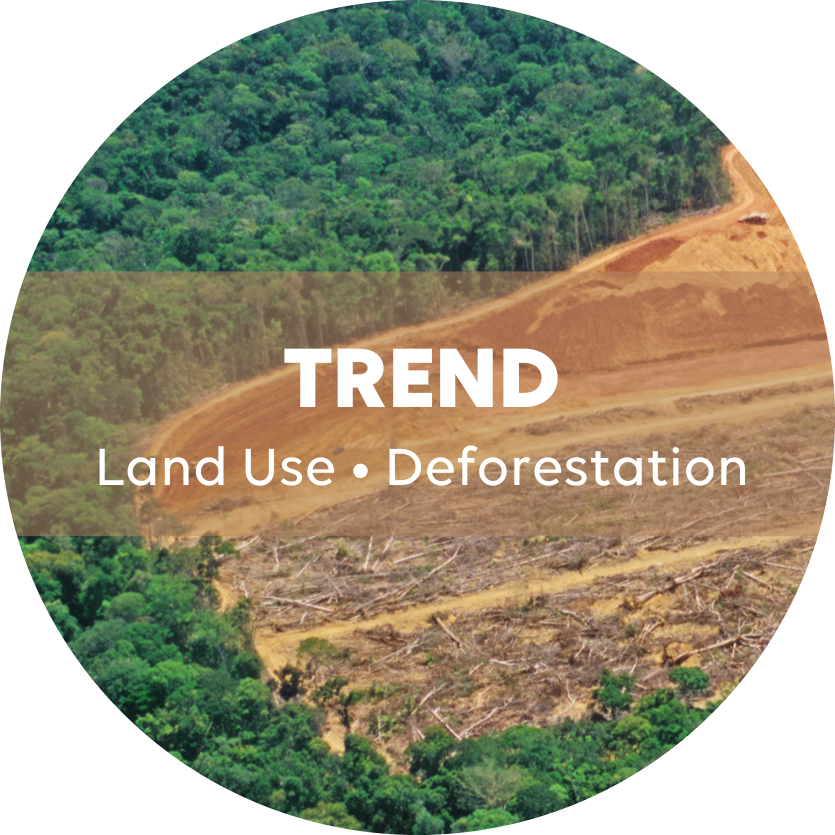Land Use • Rights of nature as a bastion against the destruction of natural ecosystems
Millions of hectares of forests are being lost, rivers polluted, biodiversity destroyed, and megatonnes of CO2 emitted. Would nature be better protected if it had a legal personhood? All over the world, citizens and local associations have obtained official recognition of the rights of natural sites.

Successive reports observe rising numbers of attacks on nature, and none of the recommended measures have succeeding in breaking the trend. Millions of hectares of forests are being lost, rivers polluted, biodiversity destroyed, and megatonnes of CO2 emitted. But what if all of these natural elements had rights? Would nature be better protected if it had a legal personhood? All over the world, citizens and local associations have obtained official recognition of the rights of natural sites, with varying degrees of success.
- Deforestation continues unabated
- Recognizing the rights of nature as a new paradigm to protect natural entities
- The origins of the movement: rights as a response to the relative failure of environmental law
- The rights of nature recognise nature as a rights-bearing entity, which requires society and humans to respect and protect them
- A means of combating deforestation, land use changes and pollution, all of which undermine natural ecosystems
- Although rights of nature are increasingly recognised by civil society and indigenous peoples, their effectiveness and legal protection remain uncertain
Forests, rivers and other natural elements are subject to anthropogenic violations with disastrous impacts, but at the same time a developing movement is promoting a new defence system: a legal personhood status for nature. This notion consists in recognizing the nature of fundamental rights through a jurisdiction or law. Given the relative failure of classic environmental law, rights of nature constitute a serious alternative in numerous countries around the world, such as Ecuador, Bolivia, New Zealand, India, Tanzania, and Nigeria. Indigenous communities, NGOs, and citizens have taken up this shield to tackle the threats confronting rivers, lakes and forests. Although in some countries the results have been remarkable, they need to be weighed up against the failures observed in others.


